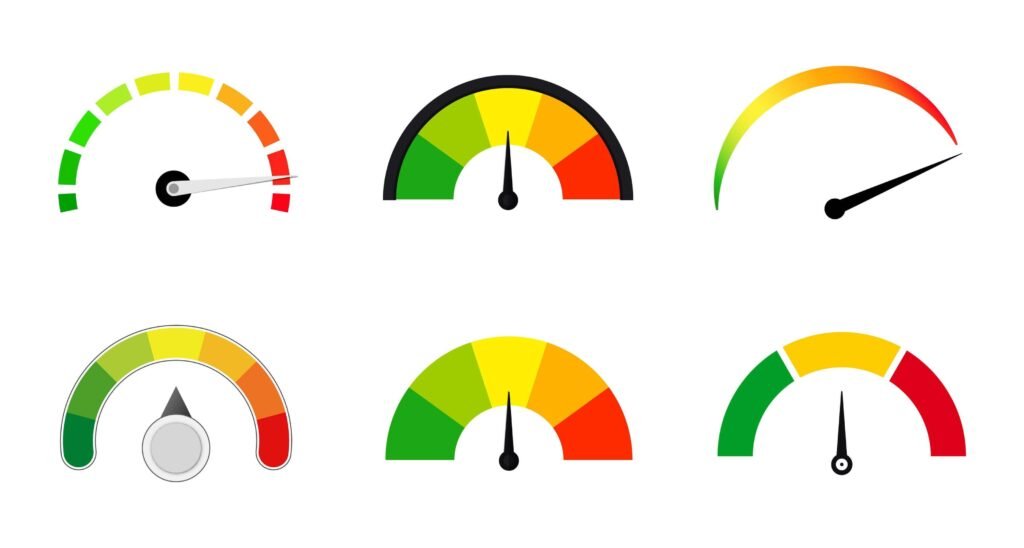Team Metrics: Measuring Scrum Team Effectiveness

In today’s fast-paced business environment, organizations are increasingly adopting Agile methodologies like Scrum to improve their project management and delivery processes. Scrum provides a framework that emphasizes collaboration, iterative development, and continuous improvement. To ensure the success of Scrum teams, it is essential to measure their effectiveness using relevant metrics. In this article, we will explore the key team metrics that can help organizations assess and enhance their Scrum team’s performance.
Velocity: Assessing Productivity and Predictability
Velocity is a crucial metric in Scrum that measures the amount of work a team can complete within a sprint. It quantifies the team’s productivity and provides insights into its ability to deliver value consistently. By tracking velocity over time, organizations can assess the team’s predictability and estimate the amount of work they can accomplish in future sprints. Velocity can serve as a baseline metric for gauging team performance and identifying areas for improvement.
Sprint Burndown: Monitoring Progress and Time Management
The sprint burndown chart is a visual representation of the remaining work versus time in a sprint. It helps Scrum teams monitor their progress, identify any deviations from the planned work, and manage their time effectively. The burndown chart provides valuable insights into the team’s ability to meet sprint goals, make informed decisions, and adjust their strategies if necessary. By analyzing the burndown chart, teams can proactively address issues and ensure timely completion of sprint deliverables.
Cycle Time: Measuring Efficiency and Flow
Cycle time measures the time taken for a user story or a task to move through the entire workflow, from initiation to completion. It reflects the team’s efficiency in delivering work items and highlights any bottlenecks or delays in the process. By tracking cycle time, teams can identify opportunities to streamline their workflows, optimize resource allocation, and enhance overall efficiency. A shorter cycle time indicates improved flow and faster delivery of value to stakeholders.
Defect Density: Assessing Quality and Technical Excellence
Defect density measures the number of defects discovered in a product or system relative to its size or complexity. It provides insights into the team’s focus on quality and their adherence to coding standards and best practices. A low defect density indicates a higher level of technical excellence and a proactive approach to identifying and resolving issues. By monitoring defect density, teams can continuously improve their code quality, reduce rework, and deliver more reliable and robust software.
Customer Satisfaction: Evaluating Value Delivery
Customer satisfaction is a vital metric that gauges the success of a Scrum team in delivering value to customers and stakeholders. It can be measured through surveys, feedback, or Net Promoter Score (NPS) to assess the level of satisfaction and perception of the team’s deliverables. Regularly collecting customer feedback enables teams to understand their strengths, address concerns, and align their efforts with customer expectations. High customer satisfaction signifies the team’s ability to meet user needs and deliver valuable outcomes.
Team Morale: Fostering Engagement and Collaboration
Team morale reflects the overall satisfaction, motivation, and engagement levels of Scrum team members. It is a qualitative metric that can be assessed through regular team retrospectives, one-on-one discussions, or anonymous surveys. Positive team morale fosters collaboration, creativity, and a sense of ownership among team members. By monitoring and addressing factors affecting team morale, organizations can create a supportive and empowering environment that drives productivity and innovation.
Continuous Improvement: Iteratively Enhancing Team Performance
Continuous improvement is not a standalone metric but a mindset embedded within the Scrum framework. It emphasizes the team’s commitment to regular retrospectives, learning from past experiences, and implementing changes to enhance their performance continually. By encouraging a culture of continuous improvement, teams can identify bottlenecks, experiment with new approaches, and adapt to evolving challenges. Embracing feedback and embracing a growth mindset enables teams to drive innovation, overcome obstacles, and deliver exceptional results.
Conclusion: Unlocking Scrum Team Potential
Measuring Scrum team effectiveness through relevant metrics is essential for organizations aiming to optimize their Agile practices. Velocity, sprint burndown, cycle time, defect density, customer satisfaction, team morale, and continuous improvement are among the key metrics that provide insights into team performance, collaboration, and value delivery. By leveraging these metrics, organizations can identify areas for improvement, enhance team productivity, and maximize the potential of their Scrum teams.


